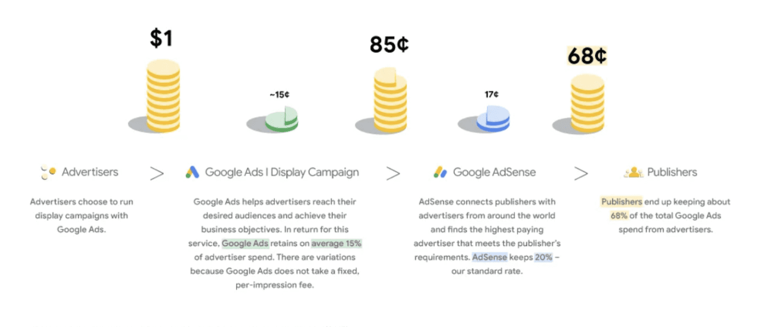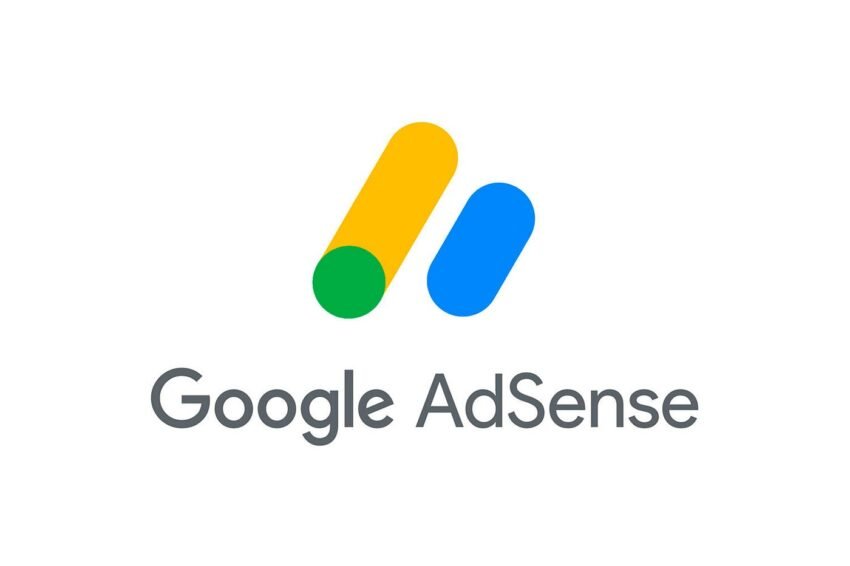Introduction
In a move that has stirred the digital advertising landscape, Google AdSense, one of the leading platforms for website monetization, has announced a significant upgrade to its payment model. The transition from the traditional CPC (Cost Per Click) and CPM (Cost Per Mille) models to the eCPM (Effective Cost Per Mille) model marks a strategic shift aimed at enhancing transparency, optimizing revenue, and providing greater value to publishers. In this comprehensive blog post, we delve into the intricacies of this transition, its implications for publishers, and how it aligns with the evolving dynamics of online advertising.
Understanding eCPM: A Primer
Before delving into the implications of Google AdSense’s transition, it’s essential to grasp the concept of eCPM. eCPM, or Effective Cost Per Mille, represents the estimated earnings generated by 1,000 ad impressions, taking into account both CPC and CPM revenue streams. Essentially, eCPM serves as a comprehensive metric that enables publishers to gauge the overall performance and revenue potential of their ad inventory.
The Evolution of AdSense’s Payment Model
1. Traditional Models: CPC and CPM
Historically, Google AdSense has predominantly operated on CPC and CPM payment models. Under the CPC model, publishers earn revenue each time a visitor clicks on an ad displayed on their website, while the CPM model compensates publishers based on the number of ad impressions served, irrespective of clicks.
2. Introducing eCPM
Recognizing the need for a more holistic approach to ad monetization, Google AdSense has introduced the eCPM payment model. Unlike its predecessors, eCPM factors in both CPC and CPM revenue, providing publishers with a unified metric to evaluate the overall performance and profitability of their ad inventory.

Implications for Publishers
1. Enhanced Transparency
One of the key benefits of the eCPM model is enhanced transparency. By providing publishers with a consolidated view of their earnings per 1,000 impressions, eCPM offers greater clarity into the revenue potential of their ad inventory. This transparency enables publishers to make informed decisions regarding ad placement, content optimization, and audience targeting.
2. Revenue Optimization
The eCPM model empowers publishers to optimize their revenue streams more effectively. By analyzing eCPM data, publishers can identify high-performing ad units, refine targeting strategies, and optimize content to maximize earnings. Additionally, eCPM enables publishers to compare the relative performance of different ad formats and platforms, allowing them to allocate resources more efficiently.
3. Value-Based Monetization
With the transition to eCPM, Google AdSense is shifting towards a value-based monetization model. By incorporating both CPC and CPM revenue streams into a single metric, eCPM reflects the true value of ad impressions, irrespective of click-through rates. This shift towards value-based monetization aligns with the evolving needs of advertisers and publishers, who prioritize engagement and ROI over sheer volume.
Adapting to the Change: Best Practices for Publishers
1. Monitor and Analyze eCPM Data
To leverage the full potential of the eCPM model, publishers should closely monitor and analyze their eCPM data. By tracking trends, identifying patterns, and experimenting with different strategies, publishers can optimize their ad inventory for maximum profitability.
2. Experiment with Ad Formats and Placement
Given the flexibility of the eCPM model, publishers should experiment with various ad formats and placement strategies to determine the optimal configuration for their website. Testing different ad sizes, placements, and formats can help publishers identify the most effective combination for maximizing eCPM and overall revenue.
3. Focus on User Experience
While optimizing for eCPM is essential, publishers should prioritize user experience to maintain engagement and loyalty. Avoid overcrowding pages with excessive ads, prioritize relevant and non-intrusive ad formats, and ensure that ads complement, rather than detract from, the overall browsing experience.
Also Read
Pakistan’s Newest Beverage Sensation “Cola Next”
Conclusion
The transition to the eCPM payment model represents a significant milestone in the evolution of Google AdSense and the broader digital advertising ecosystem. By consolidating CPC and CPM revenue streams into a single metric, eCPM offers publishers greater transparency, revenue optimization opportunities, and value-based monetization. As publishers adapt to this change and leverage the insights provided by eCPM data, they stand to unlock new avenues for monetization and achieve greater success in the competitive world of online publishing.


1 thought on “Understanding Google AdSense’s Transition to the eCPM Payment Model”